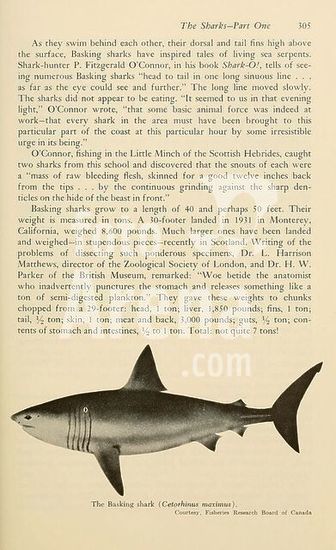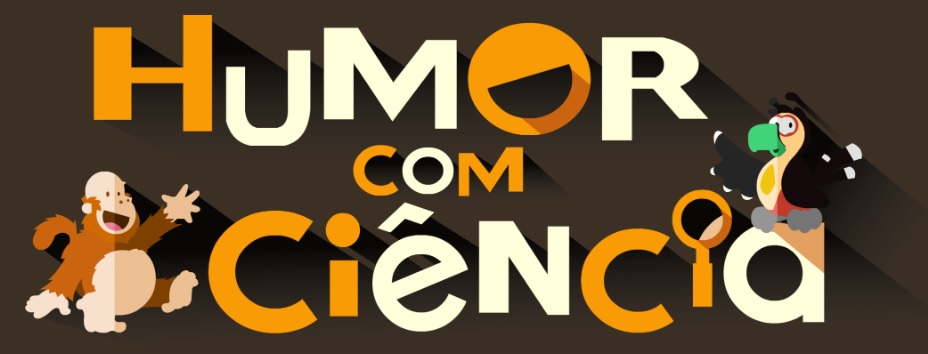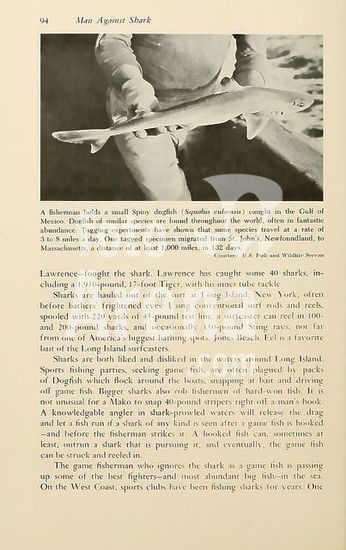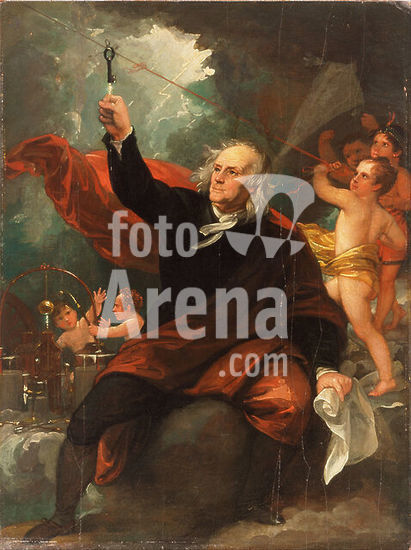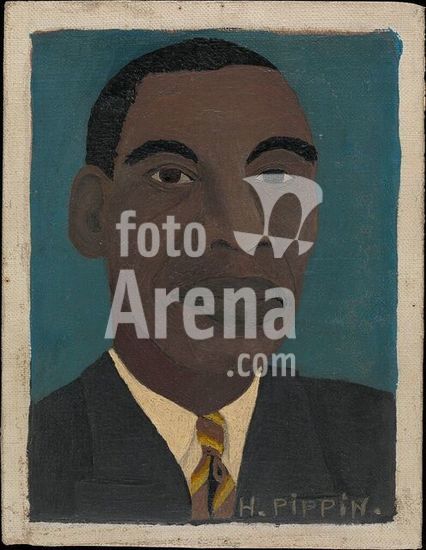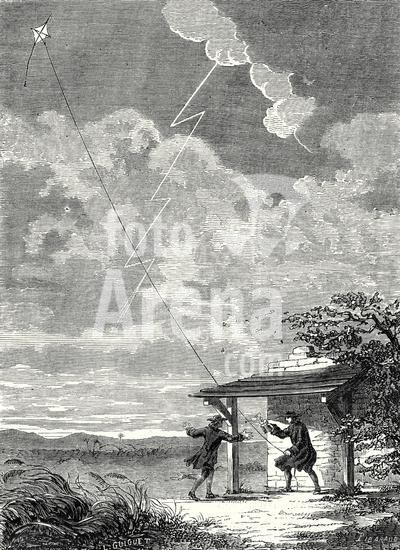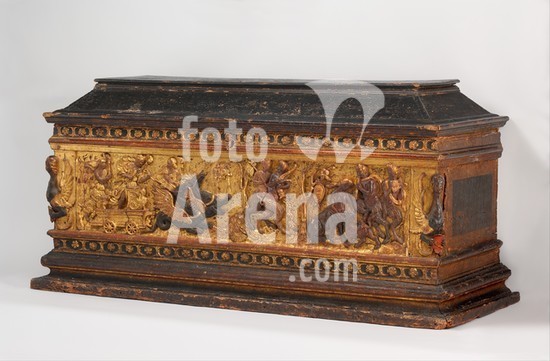
alb3666815
Marriage chest (cassone). Culture: Italian, Florence or Lucca. Dimensions: Overall (confirmed): 38 1/2 in. × 81 in. × 32 in. (97.8 × 205.7 × 81.3 cm). Date: ca. 1480-95.Italian inventories and descriptions of Renaissance-period households document the importance of great chests in the main bedchamber, or camera. This room was the center of an upper-class woman's existence, as she was encouraged to live mostly indoors and to avoid lingering at open windows or in the semipublic courtyard of the family house.[1] In this chamber she would proudly display the cradle she had been given on her marriage and also wedding chests, or cassone, containing her trousseau.[2]The finest fifteenth-century cassoni were decorated with panel paintings or with intarsia inlay (see acc. nos. 45.39 and 14.39) or, like the example discussed here, with scenes in pastiglia, a variety of gesso relief applied in layers and painted or gilded. Later, in the sixteenth century, many were embellished with relief carving, usually in walnut (see acc. no. 54.161). Hunts and jousts were sometimes shown on these chests, but the most popular subjects were mythological tales of love and fertility. Their immodesty fired the reformer Girolamo Savonarola (1452-1498) to exhort the Florentines to choose more uplifting themes-from the lives of the saints, for example.[3] But the cassoni workshops produced what was in demand, and romantic tales of the loves of the gods continued to sell.The subject on the front of this cassone is taken from Ovid's Metamorphoses.[4] The distraught earth goddess Ceres is seen riding in her dragon-yoked chariot, her torch kindled from the fires of Mount Etna, through a fairy-tale forest inhabited by satyrs, in search of her abducted daughter, Proserpina. In her distress, Ceres has allowed the crops to fail, leaving humankind to starve. According to Paul Schubring, the Museum's chest had a companion piece, now lost but formerly in the collection of the Palazzo Guinigi in Lucca.[5] The relief on the front of that cassone illustrated the beginning of the story, in which Pluto, god of the underworld, carries off Proserpina as she is picking flowers with her companions, the daughters of Oceanus. The extremely faint, hitherto unidentified coat of arms held by a sphinx on the right end of the Museum's cassone would seem to be that of a lady who married a member of the Guinigi family; however, no documentary evidence exists to prove that the Museum's example came from the Palazzo Guinigi. It was acquired from the collection of Elia Volpi (1858-1938), a Florentine dealer and collector with close ties to many noble Italian families.[6]The figural scene on the Museum's cassone is exceptional in the depth of the relief, which is achieved in the fragile medium of matrix-molded gesso.[7] It is probable that the workshop was experimenting with the technique in order to speed up production. In the fifteenth century, little time elapsed between a betrothal and the wedding, and workshops often had to rush to fill orders for cassoni on schedule.The shape of this chest and the relief decoration on the front reflect the influence of ancient Greek and Roman sarcophagi.[8] A well-known model for a front panel with a continuing narrative was The Miracle of the Strozzi Boy on Lorenzo Ghiberti's famous bronze Shrine of Saint Zenobius, executed for the Duomo in Florence between 1432 and 1442. The style of the Museum's cassone relief, however, reflects the classicizing trend in Florentine sculpture and painting of the late fifteenth century. The pastoral mood of the Ceres panel is perhaps closest to that of the early paintings of Piero di Cosimo (1461/62-1521?), especially The Return from the Hunt and Hunting Scene, both now also in the Metropolitan Museum.[9]Very closely related to this chest is a pair of cassoni in the Philadelphia Museum of Art decorated with the same subjects as the present piece and its lost companion.[10] Several similar but less elaborate chests, and also several similar front panels cut from cassoni, have been identified in various private and public collections.[11][Wolfram Koeppe 2006]Footnotes:[1] Contemporary literature, however, suggests that occasionally a lady might break the rules and tryst with a lover in her bedchamber. In Giovanni Boccaccio's Decameron (8.8) a gentlewoman named Fiammetta tells a tale of cuckoldry in which a large cassone is at the heart of the mischief; see Giovanni Boccaccio. The Decameron. Trans. Mark Musa and Peter E. Bondanella. New American Library. New York, 1982, pp. 614-19.[2] Luke Syson and Dora Thornton. Objects of Virtue: Art in Renaissance Italy. London, 2001, p. 71.[3] Philadelphia Museum of Art. Handbook of the Collections: Philadelphia Museum of Art. Philadelphia, 1995, p. 115 (entry by Dean Walker).[4] Metamorphoses, bk. 5, ll. 385-424.[5] Paul Schubring. Cassoni- Truhen und Truhenbilder der italianischen Frührenaissance: Ein Beitrag zur Profanmalerei im Quattrocento. 2nd ed. Leipzig, 1923, p. 235, nos. 75, 76, pl. XI. The arms of the Guinigi family were painted on the shields held by carved sphinxlike creatures at the corners of the lost cassone.[6] Catalogue of the Elia Volpi collection sale, American Art Association, New York, 21-27 November 1916, nos. 439, 440.[7] Johannes W. Pommeranz. Pastigliakästchen: Ein Beitrag zur Kunst- und Kulturgeschichte der italienischen Renaissance. Internationale Hochschulschriften 167. Münster and New York, 1995, pp. 5-17; and Jane Bassett and Peggy Fogelman. Looking at European Sculpture: A Guide to Technical Terms. J. Paul Getty Museum. Los Angeles, 1997, pp. 40, 63.[8] For a Hellenistic example of about 300 B.C., see John Morley. The History of Furniture: Twenty-five Centuries of Style and Design in the Western Tradition. Boston, 1999, p. 107, fig. 185; for an ancient sculpture on the theme of The Rape of Proserpina, see Phyllis Pray Bober and Ruth Rubinstein, with Susan Woodford. Renaissance Artists and Antique Sculpture: A Handbook of Sources. London and New York, 1987, p. 57.[9] Acc. nos. 75.7.1, 2. See Katherine Baetjer. European Paintings in The Metropolitan Museum of Art by Artists Born before 1865: A Summary Catalogue. New York, 1995, p. 32.[10] Paul Schubring. Cassoni- Truhen und Truhenbilder der italianischen Frührenaissance: Ein Beitrag zur Profanmalerei im Quattrocento. 2nd ed. Leipzig, 1923, p. 235, no. 75; and Philadelphia Museum of Art. Handbook of the Collections: Philadelphia Museum of Art. Philadelphia, 1995, pp. 114-15 (entry by Dean Walker).[11] See William Macdougal Odom. A History of Italian Furniture from the Fourteenth to the Early Nineteenth Centuries. Vol. I, Gothic and Renaissance Furniture. Rev. ed. Preface by Olga Raggio. New York, 1966, p. 99 and figs. 49, 50; Italian Cassoni from the Art Collections of Soviet Museums. Trans. Arthur Shkarovsky-Raffé. Leningrad, 1983, nos. 33-37; and Anna Maria Massinelli. Il mobile toscano. Milan, 1993, pl. XIV. Museum: Metropolitan Museum of Art, New York, USA.
DC
